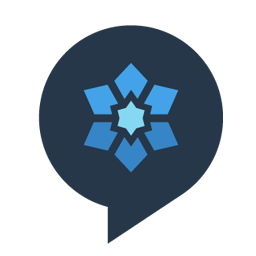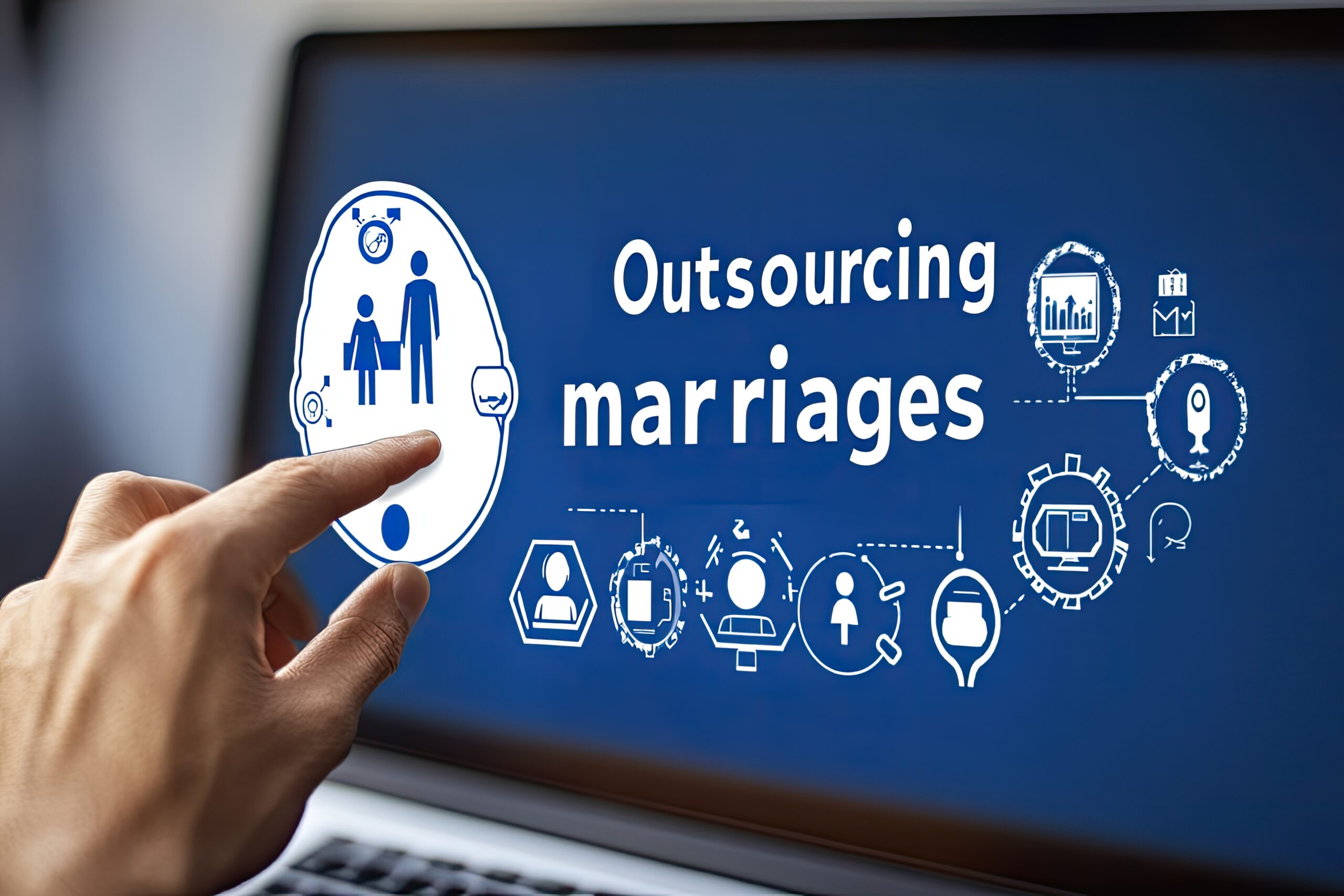 One of my cornerstone sayings (called Baconisms) that I have used for years is, “Relationships are the currency of business”, especially in B2B sales and marketing. The value of your business is directly tied to the relationships you cultivate and sustain with customers, vendors, and other key partners.
One of my cornerstone sayings (called Baconisms) that I have used for years is, “Relationships are the currency of business”, especially in B2B sales and marketing. The value of your business is directly tied to the relationships you cultivate and sustain with customers, vendors, and other key partners.
I still feel embarrassed and empowered by a point I made to a CEO after a speech. During the Q&A section, I explained that you can have people post for you on LinkedIn, but when someone interacts, replies, comments, or messages, you should be the person who replies and engages 100% of the time. If you have a VA or company do that for you, they may not have the knowledge and insight to answer questions, or even try to propel the conversation beyond a simple comment/response mode.
 Every interaction, reply, comment, or message is an opportunity to cultivate and deepen a relationship with customers, vendors, and other key partners.
Every interaction, reply, comment, or message is an opportunity to cultivate and deepen a relationship with customers, vendors, and other key partners.
The embarrassing part happened when a CEO responded to my answer with, I don't have to, I have people who do that for me. What blurted out of my mouth was, “So would you do that with your wife and kids?” I know it was rude, and that I would never do business with that person, but other people got the point and told me that it was bold and eye-opening.
The main point is that you can outsource communication, but you really can't (or shouldn't) outsource relationships.
The AI Economy
 AI will be a profit center for larger companies. AI agents can cost as little as $86 a year compared to $55,000–$60,000 (including healthcare, benefits, or other employee expenses) for a human customer service rep.
AI will be a profit center for larger companies. AI agents can cost as little as $86 a year compared to $55,000–$60,000 (including healthcare, benefits, or other employee expenses) for a human customer service rep.
Companies adopting AI typically see 25% reductions in expenses over three years, with manufacturing and service roles saving up to 40%. Full AI adoption across S&P 500 firms could yield nearly $1 trillion in annual savings.
 We have already been there, done that. Not too long ago, customer service was (and still is) outsourced to call centers in India and the Philippines (along with various other countries).
We have already been there, done that. Not too long ago, customer service was (and still is) outsourced to call centers in India and the Philippines (along with various other countries).
When you called technical support and made it through the phone tree, you may be connected with a person who could only read from a script and had such broken English that you often had moments of miscommunication.
Frustrating to say the least!
 Now companies can save even more money by adding a chatbot AI agent that will soon speak better English than I can, that is just a bit more intelligent, and still read from scripts or playbooks.
Now companies can save even more money by adding a chatbot AI agent that will soon speak better English than I can, that is just a bit more intelligent, and still read from scripts or playbooks.
Even with the chatbots, they now act like phone tree traffic cops, who are just there to do everything they can to avoid you having to engage with a human.
I had a problem with my ActiveCampaign (email) account, and it took over an hour to reach a human to explain why it was broken. They had no answer for how to solve my problem (one they created by changing how email lists are now exported).
Again, just frustrating!
“It’s not bloody easy, being human.” – Lisa Ridzén

Human-to-human contact, interaction, and relationships are not only time-consuming (making them more expensive) but also complicated.
You can speak to someone one week, and they may seem like a different person a week later. They probably won't tell you that a life event, interaction with another human, or just watching a YouTube video has changed their mind, life, attitude, and tenor of their questions and tainted their conversations.
As humans, we have life experiences, training, and a sixth sense that something has changed. It can be a subtle look, facial expression, or a difference in words, pace, or tone of speech that can alert us to the change. We have to read all of that and use empathy and tact to guide us through the conversation. It can take gentle questions and patience to get to the root of the problem.
AI Tools that make being Human… EASIER!
I have said this before: AI lacks the empathy and forward thinking to replace human-to-human interactions (especially in B2B sales). I do have a few suggestions that can help make it more fruitful and easier to manage.
CRM
 There are many options for choosing a CRM (Customer Relationship Manager). Some are stand-alone (Pipedrive, Zoho, Nimble – my choice) while others are more integrated (Microsoft Dynamics, HubSpot, Salesforce). Many of these have AI built in to help create reports, insights, and more.
There are many options for choosing a CRM (Customer Relationship Manager). Some are stand-alone (Pipedrive, Zoho, Nimble – my choice) while others are more integrated (Microsoft Dynamics, HubSpot, Salesforce). Many of these have AI built in to help create reports, insights, and more.
It's up to the company to define which notes and data should be gathered and entered, and to ensure consistency across all sales staff so they can be compiled into business-wide data for reports and insights. Make it clear what a human needs to capture and enter into the CRM to make the system more of a fast lane than a roadblock to better customer relationships.
Meeting Notes
 There are many ways to capture AI meeting notes. You can use a cell phone with AI recording to capture everything that's being discussed. You can use online tools (Zoom AI, Otter, Fathom – my choice) to capture audio and video of the online meeting.
There are many ways to capture AI meeting notes. You can use a cell phone with AI recording to capture everything that's being discussed. You can use online tools (Zoom AI, Otter, Fathom – my choice) to capture audio and video of the online meeting.
More important is what happens afterwards. Make sure the files are downloaded to your own server and have permissions that allow only the right people to access them. That way, if you change systems, that historical data will still be accessible.
I suggest you copy the meeting recap and to-dos into your CRM. Too much information (like the entire transcript) can make it hard to scan and turn into actionable insights.
Compiling Notes
 Most AI note takers will offer a recap and a short list of actionable items. Make sure your staff reviews these, verifies them, and updates them based on their perspective. AI can't catch subtleties, just text. You want to make sure that the context is confirmed or added.
Most AI note takers will offer a recap and a short list of actionable items. Make sure your staff reviews these, verifies them, and updates them based on their perspective. AI can't catch subtleties, just text. You want to make sure that the context is confirmed or added.
Also, you can feed a single or multiple meeting transcripts into your AI of choice (ChatGPT, Claude, Perplexity – my choice) and ask it to create a summary, compare multiple meetings for trends, and more. The goal is to take the data and have a human review it in a way that helps them build better relationships.
Personality
 I believe we all tend to categorize business relationships based on personal connections. Sometimes it can help to have some perspective about the person and their communication style. That is where AI can help.
I believe we all tend to categorize business relationships based on personal connections. Sometimes it can help to have some perspective about the person and their communication style. That is where AI can help.
Crystal Knows is my go-to program for compiling insights into a person's communication preferences. It's based on the DISC personality test and uses LinkedIn, Google, and more to create a profile with insights into communication do's and don'ts. I have found it 80% accurate (or better). I confirmed this by sharing reports with people who said it nailed their personality and communication style.
It's good to run it with prospects and customers, convert the results to a PDF, and upload it to your CRM. That way, if someone else has to call or interact with someone who is not a legacy customer, they will have notes and perspective to continue the relationship.
Closing Thought

We are entering a new era of communication, and computer intelligence will change the way we do business. What will not change are human needs, emotions, and the desire to be interacted with and understood.
AI agents can handle routine tasks and produce enormous cost savings, yet when it comes to trust and understanding, human-to-human engagement remains essential—and, admittedly, complicated.
It takes a human perspective to help your AI be more empathetic, insightful, and accurate. Starting with your staff, be sure they understand the why behind the how your company views, uses, and interacts with AI.
By using AI tools to streamline admin work, safeguard key data, and analyze personality traits, we free ourselves to focus on what really matters: building authentic, lasting relationships.
Having everyone on the same page will only help you grow your book of business.
______________________________
Comment below and share your thoughts, ideas, or questions about business-to-business sales and marketing today! Do you have a sales or marketing communications strategy that works for you? What tips or techniques can you share that work for you and your business?
To learn more about this and other topics on B2b Sales & Marketing, visit our podcast website at The Bacon Podcast.








